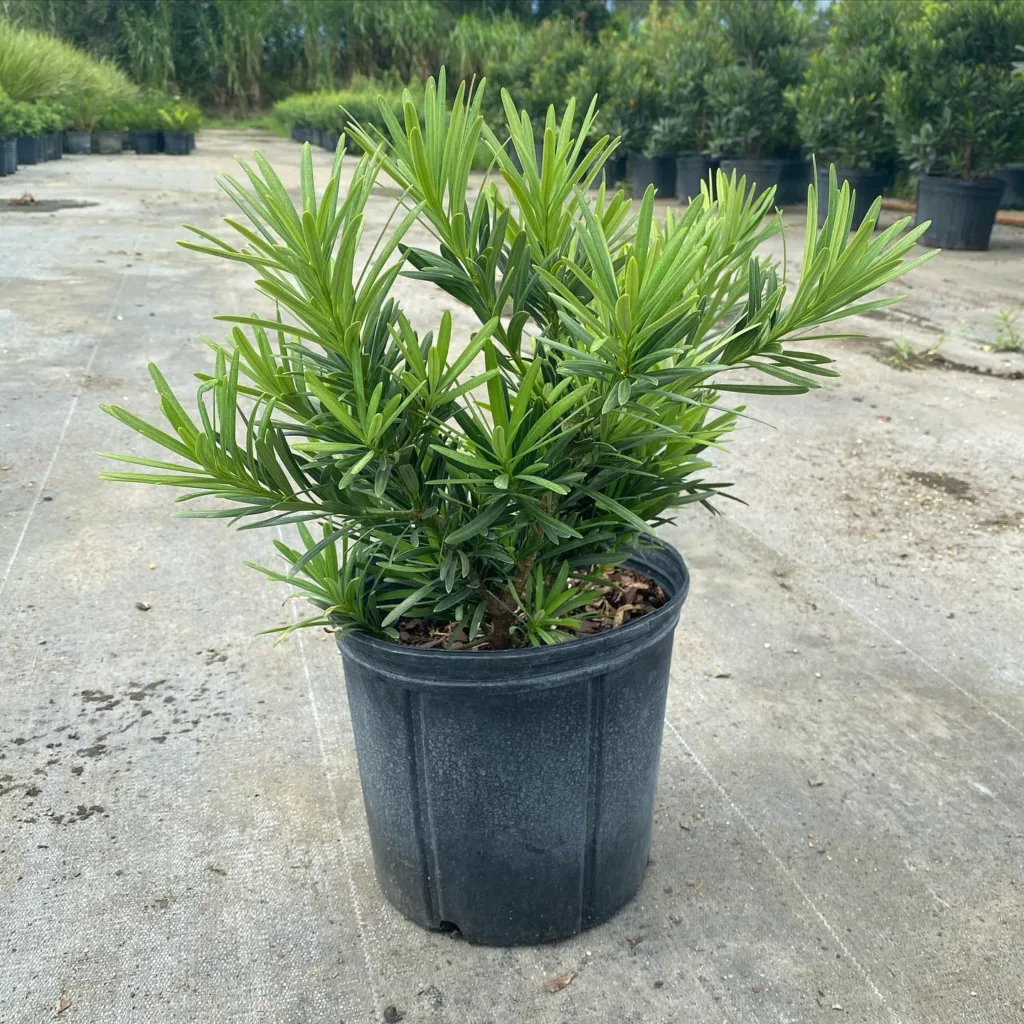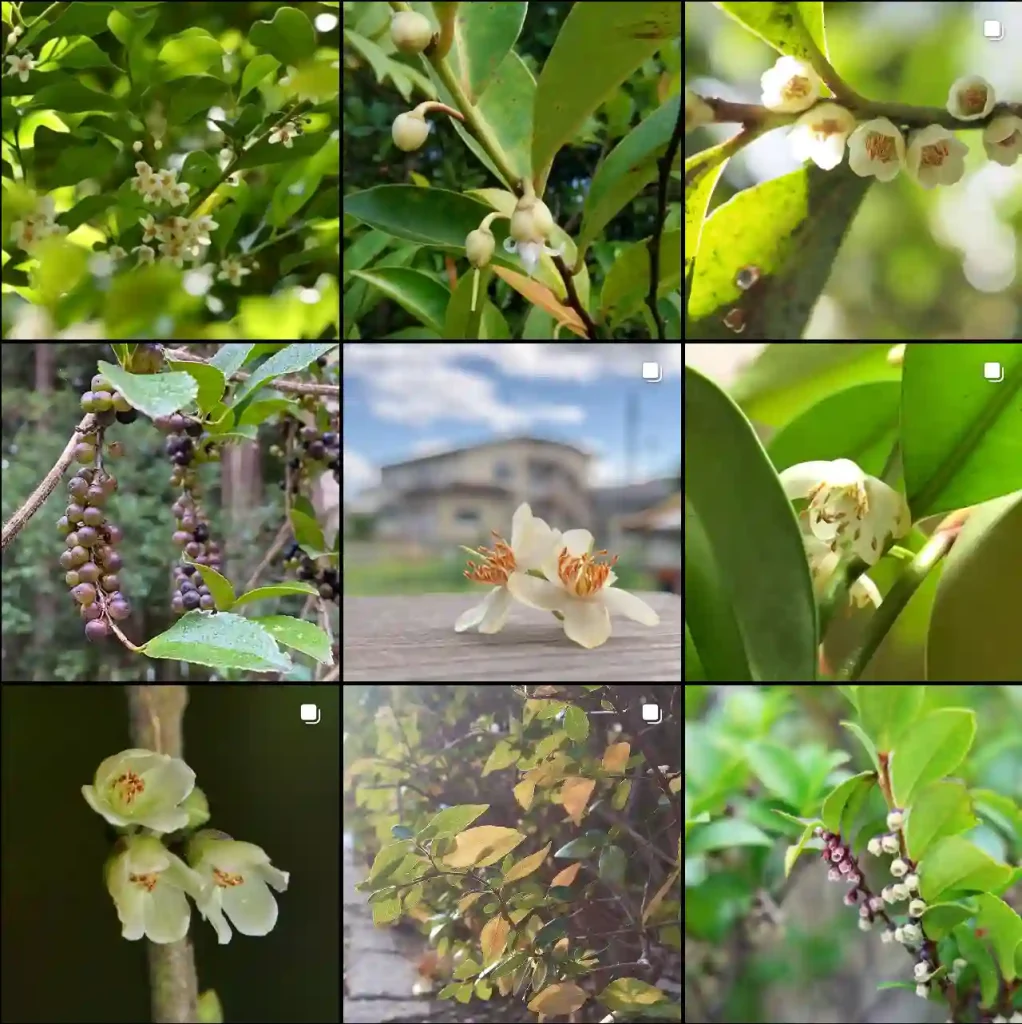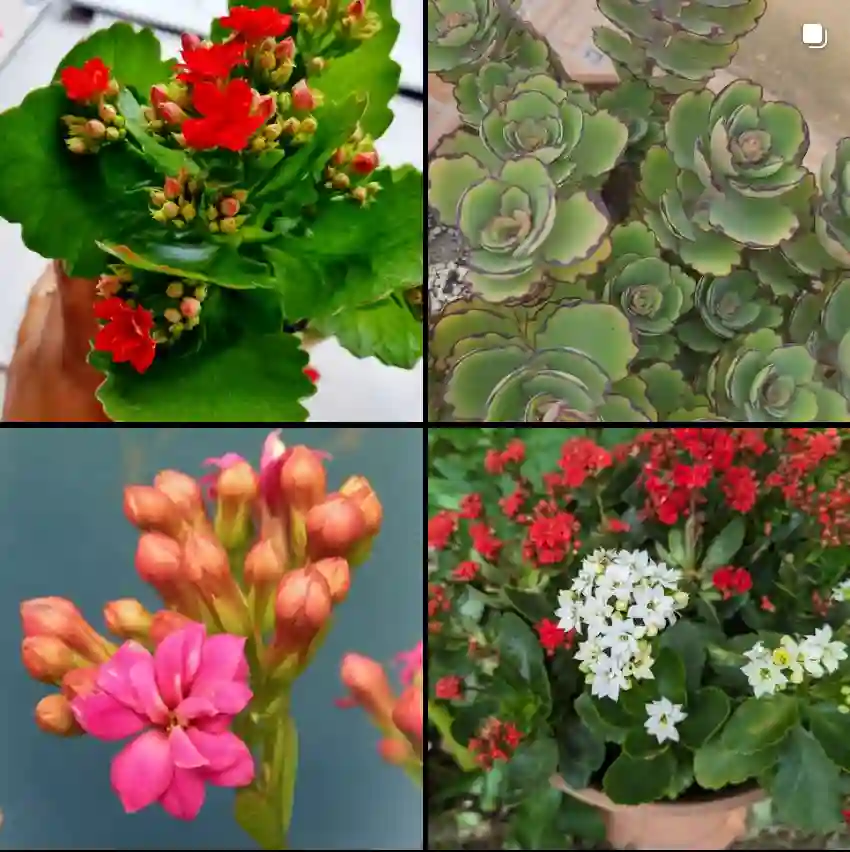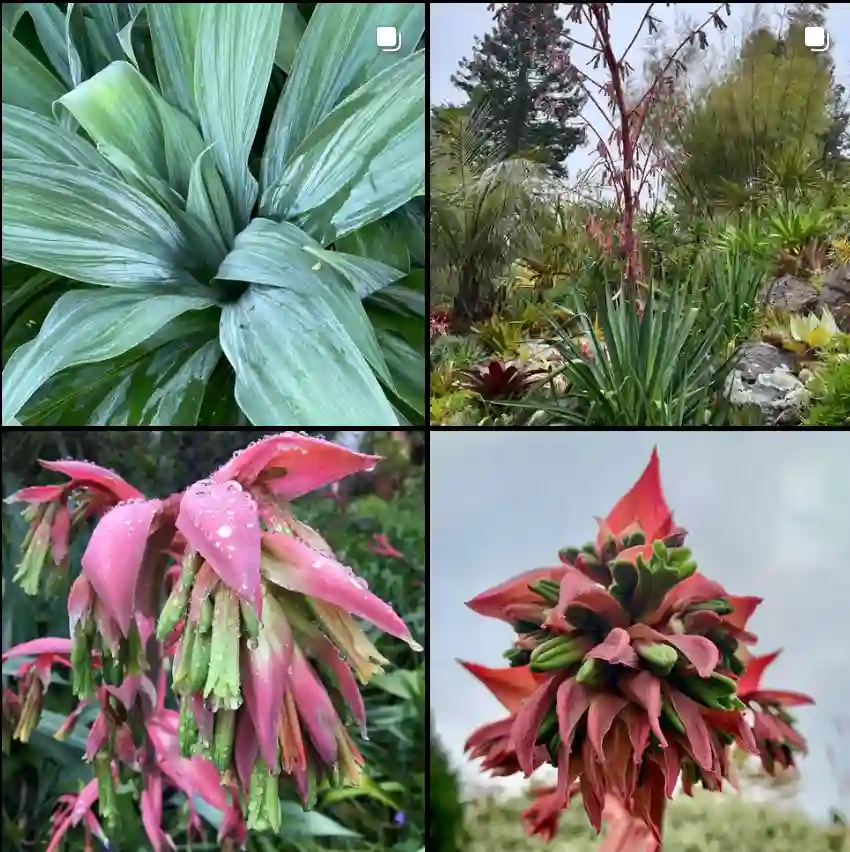Discovering the Tiganophytaceae Family
As a passionate plant enthusiast, I often find myself delving into lesser-known plant families. One such family that has piqued my interest is the Tiganophytaceae. This family, though not as popular as others, possesses unique characteristics and a fascinating history. In this article, I will explore the Tiganophytaceae family, focusing on its sole genus, Tiganophyton.
What is Tiganophytaceae?
The Tiganophytaceae family is a group of flowering plants belonging to the order Brassicales. This family is relatively small, containing only one recognized genus, Tiganophyton. What makes Tiganophytaceae particularly intriguing is its adaptation to arid environments. These plants have developed traits that allow them to thrive in harsh conditions, making them a remarkable study for anyone interested in botany, ecology, or horticulture.
The Genus: Tiganophyton
Overview
The genus Tiganophyton consists of a few species that are primarily found in the Middle East and parts of North Africa. Tiganophyton species are known for their tough, drought-resistant nature. This resilience is a result of their evolutionary adaptations to survive in desert landscapes. For anyone interested in xerophytic plants, Tiganophyton is a fascinating subject.
Characteristics
Tiganophyton species share several notable characteristics. They typically exhibit woody stems and fleshy leaves, which help them store water. The leaves are often small and waxy, reducing water loss in hot climates. These plants also produce yellow flowers, which are usually pollinated by insects.
From my perspective, Tiganophyton is an excellent example of how life can adapt to seemingly inhospitable environments. Observing these plants in their natural habitats offers insights into survival strategies that many organisms employ.
Growing Tiganophyton
If you’re interested in cultivating Tiganophyton, there are a few essential considerations. These plants thrive in well-draining soil and require minimal watering. As someone who enjoys experimenting with various plants in my garden, I’ve found that they can be an excellent addition to a xeriscape or rock garden.
Soil Requirements
When growing Tiganophyton, it’s crucial to use soil that drains well. A mix of sand, perlite, and potting soil creates an ideal growing medium. This combination helps prevent waterlogging, which can lead to root rot.
Watering Practices
One of the most important aspects of growing Tiganophyton is understanding its watering needs. These plants prefer to be on the dry side. I typically allow the soil to dry out completely between watering sessions. This practice not only conserves water but also mimics the natural conditions these plants are adapted to.
Sunlight Needs
Tiganophyton thrives in full sun. In my experience, placing these plants in a location where they receive at least six hours of sunlight daily encourages robust growth. If you’re considering adding Tiganophyton to your collection, a sunny windowsill or an outdoor garden with plenty of exposure is ideal.
Ecological Importance
The Tiganophytaceae family, particularly the Tiganophyton genus, plays a vital role in its native ecosystems. These plants provide habitat and food for various desert-dwelling organisms. Observing how Tiganophyton interacts with its environment has deepened my appreciation for the complexity of desert ecosystems.
Adaptation and Survival
The resilience of Tiganophyton serves as an inspiration for understanding plant adaptations. These species have developed mechanisms to conserve water and thrive in extreme temperatures. This ability to withstand adversity resonates with my own experiences in gardening, where resilience is often key to success.
Conservation Considerations
As with many specialized plant families, conservation is essential. Habitat loss and climate change threaten the survival of Tiganophyton species. By promoting awareness of Tiganophytaceae, we can contribute to efforts aimed at preserving these unique plants. I encourage fellow enthusiasts to support conservation initiatives and consider growing these plants in their own gardens.
Conclusion
In exploring the Tiganophytaceae family and the Tiganophyton genus, I’ve gained a deeper understanding of plant resilience and adaptation. These remarkable plants exemplify nature’s ingenuity, thriving in environments that would challenge most species. Whether you are a seasoned gardener or just starting, Tiganophyton is an exciting addition to any plant collection.
As we continue to learn about and appreciate these unique plants, I hope more people will become inspired to explore the fascinating world of botany. The Tiganophytaceae family may be small, but its contributions to our understanding of plant life are significant. Happy gardening!
If i die, water my plants!



